Our Services
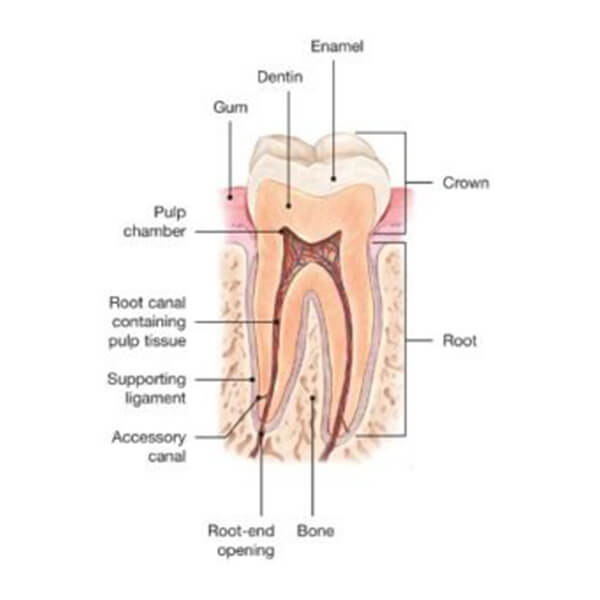
What Is a Root Canal?
At Kaban Endodontics, we answer the big questions first.

A root canal is a simple and very common endodontic procedure designed to relieve pain and restore the health of a compromised tooth.
The inside of your tooth, known as the pulp, contains blood vessels, nerves, and other tissues that, if exposed, can become infected and filled with bacteria. This causes the nerves within the pulp to be inflamed, producing a severe toothache. Root canal therapy then becomes necessary to remove all bacteria and save your natural tooth.
Although most believe root canals to be painful, their purpose is to eliminate your pain without causing additional discomfort. Dr. Kaban is an expert in this area of dentistry, and through his modern techniques and compassionate care, he will restore your tooth’s integrity in complete comfort.
Root Canal Therapy
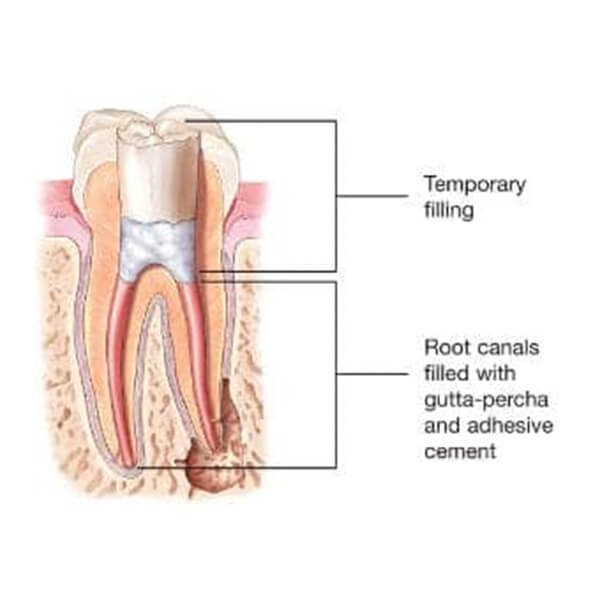
Here at Kaban Endodontics, we have created an entirely different patient-oriented root canal experience. Root canal therapy has proven to be effective and reliable. Here is a breakdown of how this common procedure can save your tooth.
-
Common Symptoms
These are the signs you need a root canal:
- Deep decay
- Chipped or cracked tooth
- Repeated dental procedures
- Injury or trauma
- Extreme temperature sensitivity
- Swollen or tender gums
- Abscess on the gums
- Pain when biting or chewing
-
How It Works
- Dr. Kaban will numb your tooth and the surrounding area with a local anesthetic. He will test the area to confirm you are completely numb and comfortable before starting the procedure.
- Then, he will create a small opening in your tooth to gently remove the nerve. Next, he will clean and sterilize the canals with antibiotic/antimicrobial rinses.
- Once free of bacteria, your canals are filled with a biocompatible material called gutta percha to maintain your tooth’s structure and prevent infection.
- The opening is then sealed with either a composite or temporary filling, depending on which your dentist requests.
- Once your root canal therapy is completed, Dr. Kaban will refer you to your general dentist for a crown or other restorations. We will explain the next steps in your treatment plan so you understand what will need to be done to complete your treatment.
-
The Benefits
Here are some reasons why undergoing root canal therapy is a wise choice:
- Relieves you from severe toothache
- Virtually pain-free procedure
- Saves your natural tooth
- Produces aesthetically pleasing results
- Stops infection from growing
- Restores your tooth’s full function
- Allows you to eat the foods you love
- Efficient and cost-effective procedure compared to alternative treatments

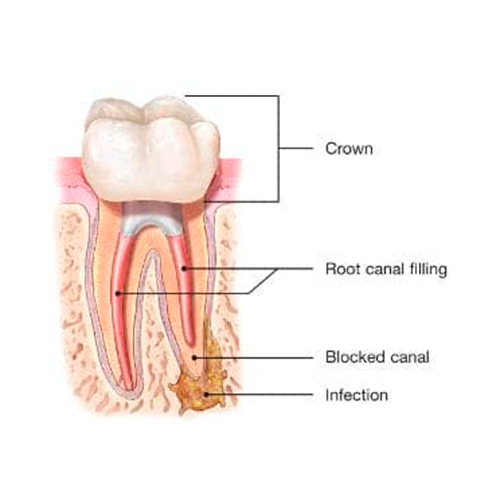
Endodontic Retreatment

In some cases, a tooth that has previously undergone endodontic treatment may not heal properly, or it may initially respond to root canal therapy, but become painful or diseased months or years later.
If either of these situations occurs, Dr. Kaban can give your tooth a second chance with endodontic retreatment. This procedure is exactly as it sounds, a “re-do” of your previous root canal to repair the issues currently affecting it.
For this procedure, Dr. Kaban uses modern microscopes to examine your tooth carefully. This way, he can discover issues that are otherwise invisible to the naked eye and restore your tooth’s health and integrity.
-
How does it work?
A re-treatment is a longer process than an initial root canal. It is multiple treatment appointments spread out over a few weeks. On the first appointment, Dr. Kaban will use the surgical operating microscope to remove the existing root canal material. He will insert an antibiotic medication into the canals and then seal it with a temporary filling.
In a few weeks, you will come back for the second treatment appointment where Dr. Kaban will remove the medication from the canals and place new root canal material. The tooth will be closed with either a composite or temporary filling, depending on what your dentist requests.
In one month, you will return for a post-operative follow-up where we will take a CBCT scan to ensure that your tooth is healing properly.
Apicoectomy
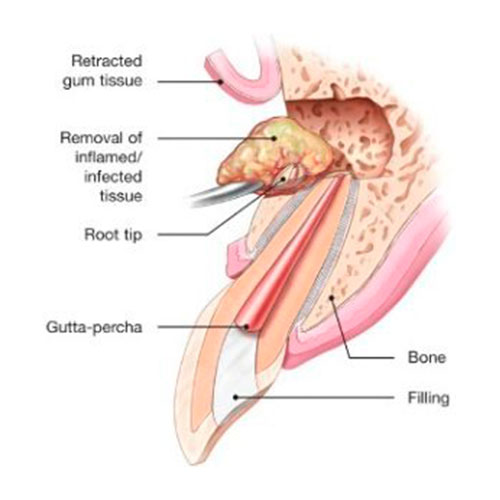
When inflammation or infection persists, even after traditional root canal therapy, Dr. Kaban may recommend a different alternative.
In cases like these, an apicoectomy, also known as a root-end resection, is the most common type of endodontic surgery performed by endodontists.
-
How does it work?
1. First, Dr. Kaban will use our CBCT scanner to capture 3D images of your tooth and create the ideal surgical treatment plan.
2. Next, he will make a small incision in your gum tissue to expose the bone. He will then carefully remove the infected tissue and the end of your tooth root.
3. Dr. Kaban will place a small biocompatible filling called MTA, in the root to seal the end of the root canal.
4. A few stitches will be used to seal your gum and help it heal.
5. In time, your bone will heal around your tooth root, restoring the integrity of your natural tooth.
An apicoectomy is usually done as a last-ditch effort to save a tooth. Dr. Kaban does not to Apicoectomies on root canals done by other dentists. A retreatment would be required first.
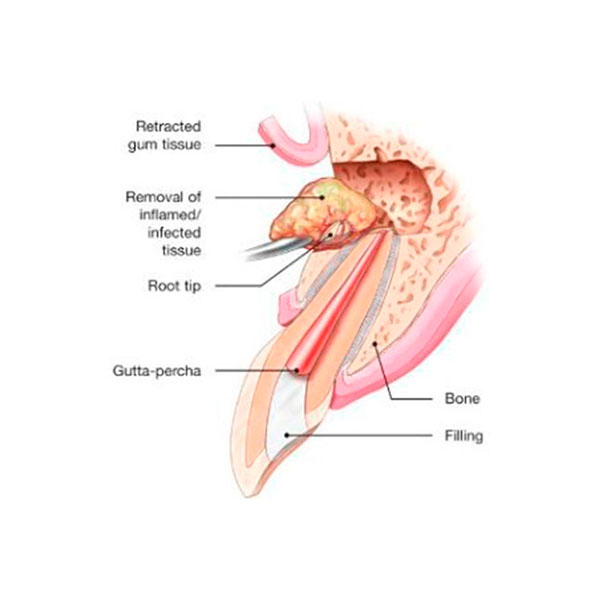
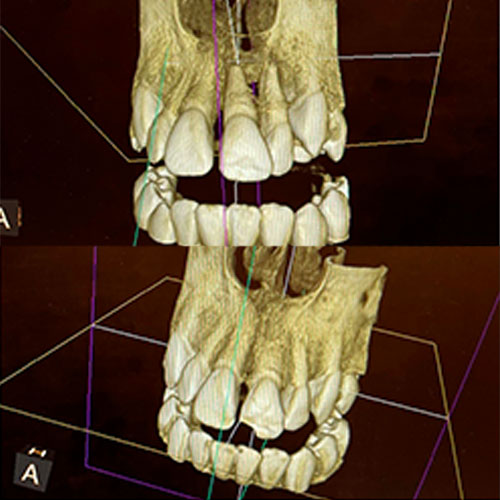
Pulp Regeneration

Dr. Kaban is the only endodontist in Solano County that does regenerative endodontics.
Regenerative endodontics is one of the most exciting developments in dentistry in the last few decades. Regenerative endodontics or pulp regeneration uses the concept of tissue engineering to restore the root canals to a healthy state, allowing for continued development of the root and surrounding tissue. We essentially use the patient’s own stem cells to regenerate the nerve tissue.
Endodontists’ knowledge in the fields of pulp biology, dental trauma, and tissue engineering can be applied to deliver biologically based regenerative endodontic treatment of necrotic immature permanent teeth resulting in continued root development, increased thickness in the dentinal walls, and apical closure.
These developments in the regeneration of a functional pulp-dentin complex have a promising impact on efforts to retain the natural dentition, the ultimate goal of endodontic treatment.
This procedure has a few limitations, one of which is that it can only be done on immature teeth (children).
If you would like additional information about any of the endodontic treatments listed above, then click below to learn more from the American Association of Endodontists (AAE).
Cone Beam Computed Tomography (CBCT)
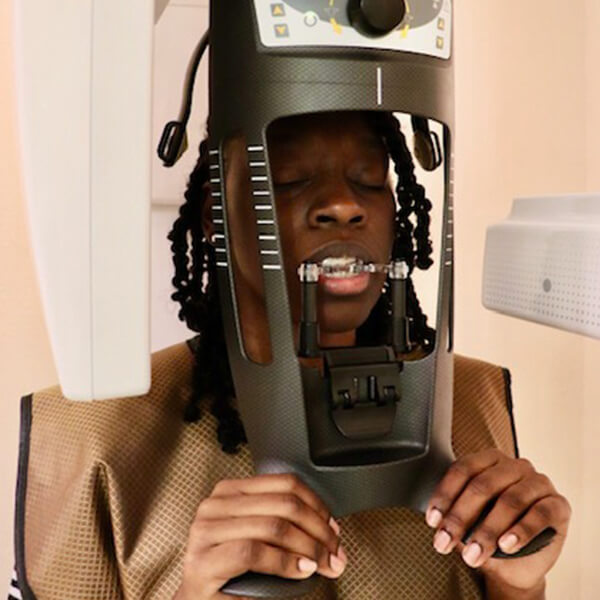
At Kaban Endodontics, we use innovative CBCT scanner technology as our gold standard of care to ensure the most efficient, safe, and convenient dental treatment you will ever experience.
-
Why We Use It
This technology allows us to get 3D images of your tooth’s anatomical structures. Allowing Dr. Kaban to make a more precise assessment and diagnosis of your current situation and, in turn, design a treatment plan that is best suited to your needs.
-
The CBCT Benefits
One of the most important benefits this equipment provides is removing the need to take multiple x-rays, minimizing your radiation exposure. Plus, we use a limited focus CBCT, meaning we only scan the tooth in question and a few surrounding teeth, doubling down your exposure and making your visit safer.
It also provides other benefits such as the reduced need for exploratory procedures, better treatment outcomes, and time savings!
-
Patient Education
Thanks to the digital magic of the CBCT, Dr. Kaban can sit with you and review your scans in greater detail. This gives you the necessary knowledge to fully understand your diagnosis and possible treatment plan – making you feel more empowered to take control of dental health.
-
Referrals
Many doctors in the area refer their patients to us for CBCT scans for implants, periodontics, extractions, etc. In cases like these, Dr. Kaban will not review the scan with the patient.
If you are a doctor’s office and would like to refer a patient for a CBCT scan, please send us a referral and include the teeth in question and the reason for the scan.

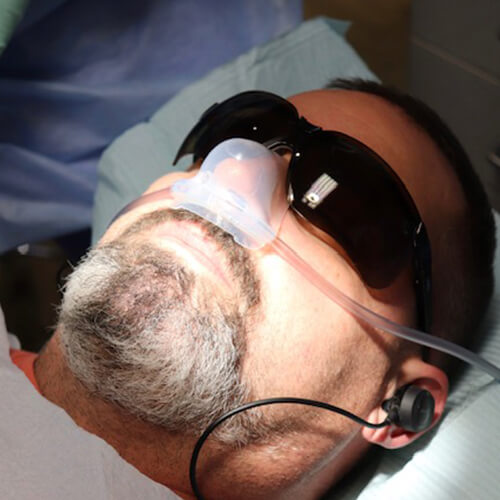
Sedation Dentistry

Are you feeling nervous about your endodontic treatment? Or perhaps the simple thought of having root canal therapy gives you dental anxiety? You are not alone.
We are proud to be one of the only endodontic practice in the Vacaville area to offer state-of-the-art sedation dentistry.
Whether you need a simple root canal or endodontic surgery, our sedation options will make you feel comfortable and relaxed during your procedure. We offer:
-
Nitrous Oxide
Commonly known as laughing gas, this relaxing air is administered via a nasal hood during your procedure. It will place you in a calm and relaxing state without making you fall asleep.
Patients that use Nitrous Oxide can drive themselves to and from the appointment as its effects wear off almost immediately after the procedure is complete. A consultation is required prior to treatment so Dr. Kaban can discuss your medical history with you.
-
Oral Conscious
This option involves the use of medication in pill form taken orally. It is taken before your procedure to make you feel at ease and remove any anxiety. During your visit, you’ll still be awake, but it significantly reduces anxiety and most patients on oral sedation fall asleep during the procedure.
To use oral sedation in our office, a consultation is required prior to treatment so Dr. Kaban can discuss your medical history with you. *YOU MUST HAVE A DRIVER!


